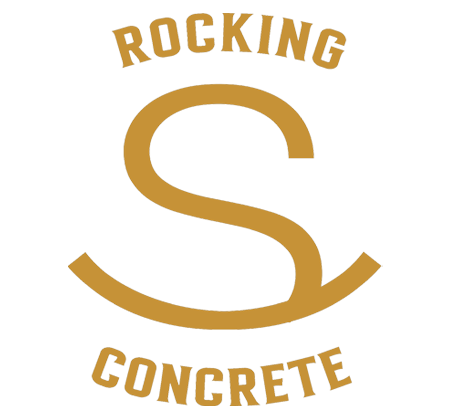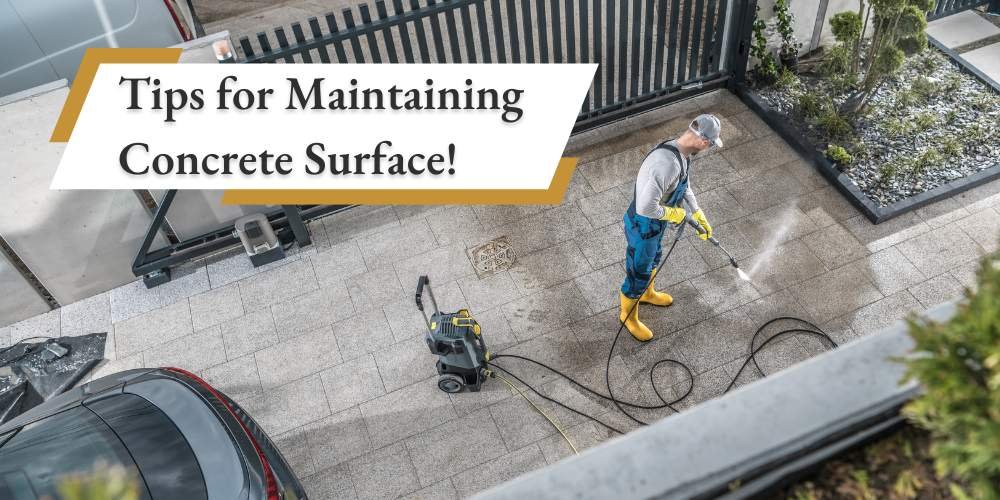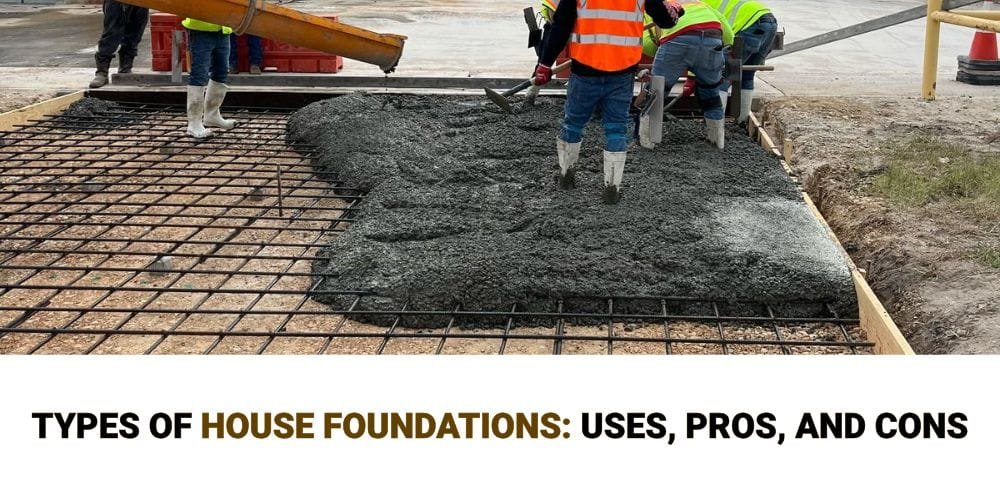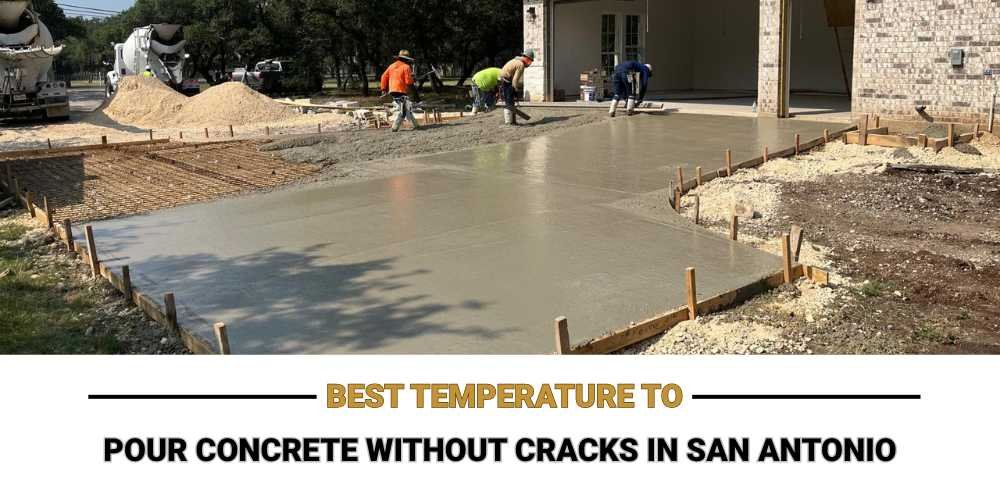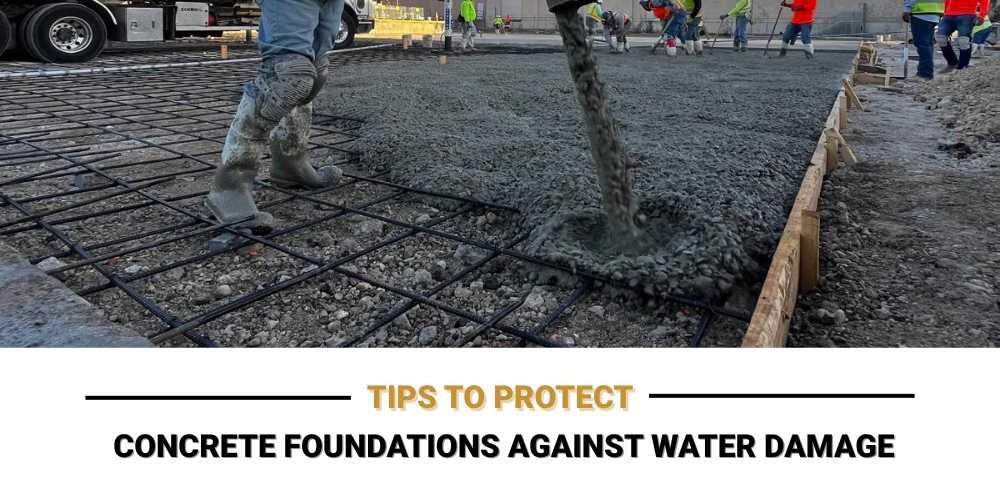A well-maintained concrete surface can enhance your property’s value and curb appeal. Whether you have a new concrete driveway or an old patio, regular care is important. This helps keep it looking good and lasting longer.
This blog will provide you with valuable tips on cleaning, sealing, repairing, and protecting your concrete surfaces. By following these tips, you can prolong the life of your concrete surface and enjoy its benefits for years to come.
Tips for Easy and Effective Care
Cleaning and Moisture Management
Regular cleaning is crucial for maintaining the health and appearance of concrete surfaces. Weekly sweeping and prompt stain removal help prevent wear and tear. When using a power washer, be sure to dry the surface thoroughly to avoid water pooling, which can lead to cracking or mold growth. Applying a stain or sealant can further protect the concrete from moisture absorption and stains, making it easier to clean and maintain.
Sealing and Protecting the Surface
Sealing concrete surfaces is essential for protecting them from moisture, stains, and damage. There are two main types of sealants: topical and integral. Sealants should be applied every 2-5 years and offer benefits like moisture protection, stain resistance, and enhanced appearance. Sealing concrete increases its durability and lifespan, making it a worthwhile investment for maintaining the beauty and longevity of your concrete surfaces.
Repairing and Resurfacing
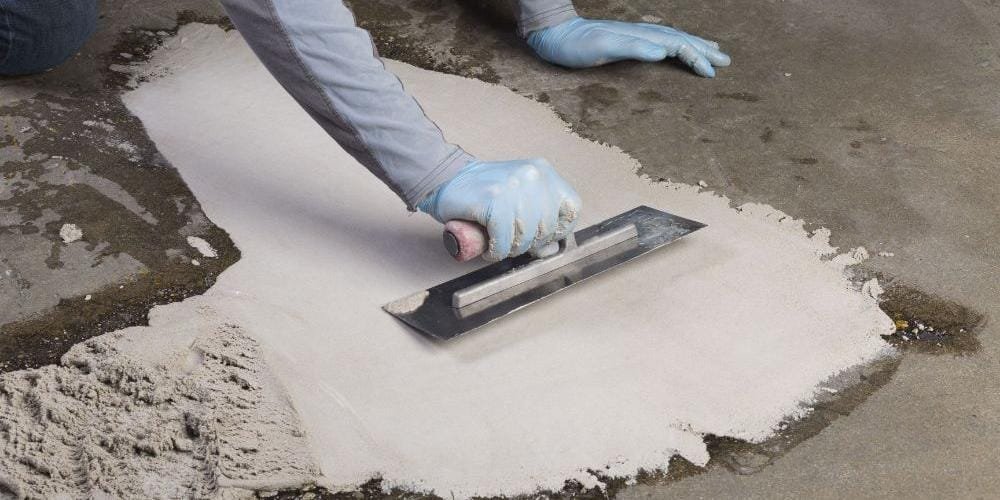
Repairing damage and resurfacing are effective ways to extend the life of concrete surfaces. After power washing to remove stains, start by repairing any cracks. Follow the manufacturer’s instructions to mix and apply a resurfacer.
During the curing process, keep the surface moist by spraying it with water to prevent cracking. Resurfacing offers a cost-effective alternative to replacing the entire concrete slab, providing a new-looking surface in a fraction of the time.
Avoiding Stains and Discoloration
Although sealing can protect against some stains, it’s essential to promptly clean up spills and discolorations to prevent them from becoming permanent. Concrete is porous and can absorb liquids, so acting quickly is crucial for removing rust, oil, or other stains. Acid-based cleaners are effective for removing scale, rust, paint, mildew, and mineral buildup, ensuring your concrete surface remains clean and attractive.
Regular Maintenance and Inspections
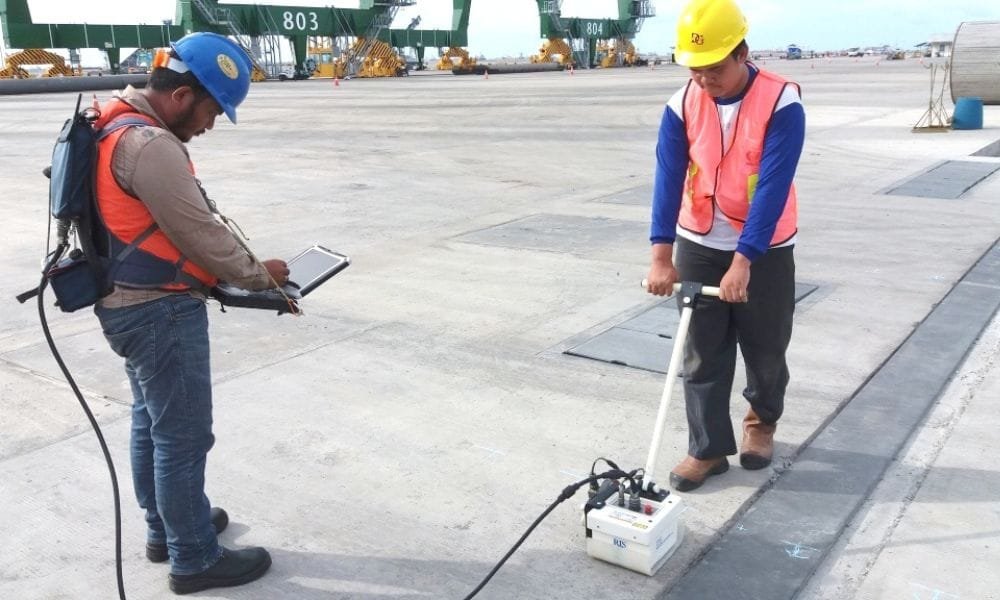
Just like the rest of your home, a concrete surface also requires regular maintenance to prolong its longevity and keep it looking great. Whether you call a professional or prefer to DIY, thorough cleaning and removal of debris along with periodic sealing and resurfacing will ensure that the concrete surface lasts for decades.
Moreover, you can opt to get an annual inspection to check the slab’s structural integrity and to find out what repairs are needed. For the most part, an engineer will conduct a visual inspection for cracks, scaling, spalling, and other signs of degradation. From there, the inspector can recommend any further, non-destructive testing to check for more serious issues and to make suggestions for repair or replacement.
Proper Use and Handling
To prolong the lifespan of your concrete surface, use it as intended and avoid placing excessive weight on the surface. This helps prevent cracks and deterioration. If you need to store heavy items on the concrete, distribute the weight evenly and avoid leaving them in one place for extended periods.
Be mindful of what you drag across your concrete surface, as repeated scratching can damage the seal and lead to water damage. Unsealed concrete is more susceptible to permanent scratches that are difficult to remove. By avoiding unnecessary abrasion, you can help maintain the integrity and appearance of your concrete surface.
Avoiding Physical Damage and Wear and Tear
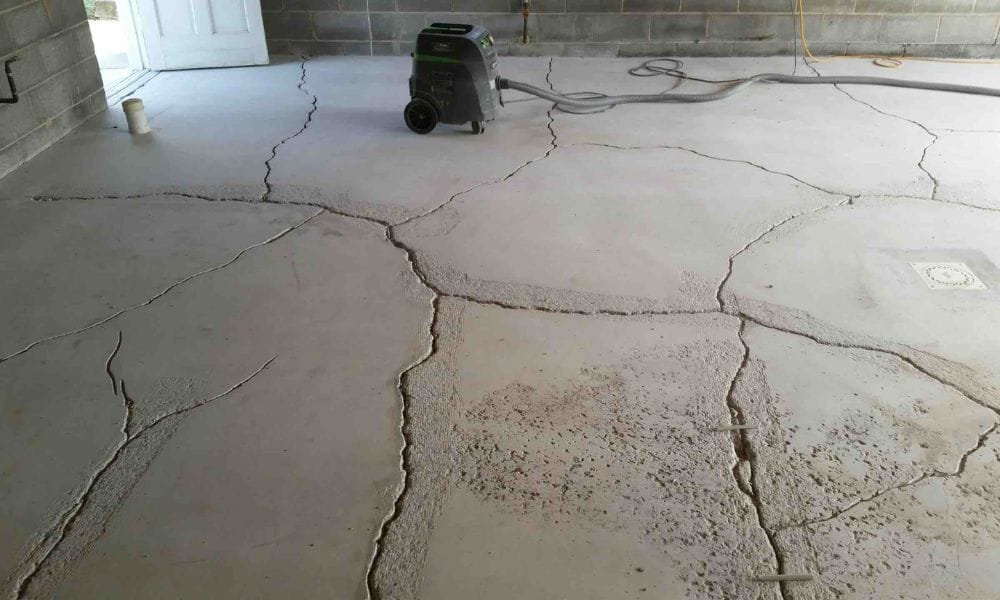
Regular inspections, conducted once or twice a year, are essential for early detection of potential problems. Even with weekly or monthly visual checks, you can identify and address cracks or spalling promptly. By respecting weight limits and avoiding deicing chemicals, you can significantly extend the lifespan of your concrete surface.
Choosing the Right Cleaning Products and Tools
To provide proper care for your concrete surface, specific tools and chemicals are necessary. A coarse broom is suitable for sweeping, but avoid steel bristles or other abrasive materials that could damage the surface, especially if it’s sealed or stained. Scratching would negate the protective benefits of these coatings.
When cleaning your concrete surfaces, use products specifically designed for concrete. Avoid spilling gardening solutions like fertilizer, and refrain from washing your vehicle on the driveway. Household products can damage concrete and leave standing water, which can lead to problems. Consider taking your car to a self-serve car wash to protect your concrete surfaces.
Working with Professional Contractors and Service Providers
For the safest and most effective approach, consider consulting with a licensed and experienced professional specializing in concrete surfaces. They can provide expert guidance on maintenance procedures, recommend suitable products, and suggest the appropriate tools for keeping your concrete surface looking its best and maintaining its structural integrity.
Conclusion
By following the essential tips outlined in this blog, you can effectively maintain the health and appearance of your concrete surfaces. Regular cleaning, prompt stain removal, periodic sealing, and timely repairs are crucial for preserving the integrity and longevity of your concrete investment.
For professional assistance, consider Rocking S Concrete, a leading concrete contractor in San Antonio. With our expertise and commitment to quality, we can take your concrete project to the next level, delivering long-lasting, functional, and visually appealing results that enhance the value of your property.
